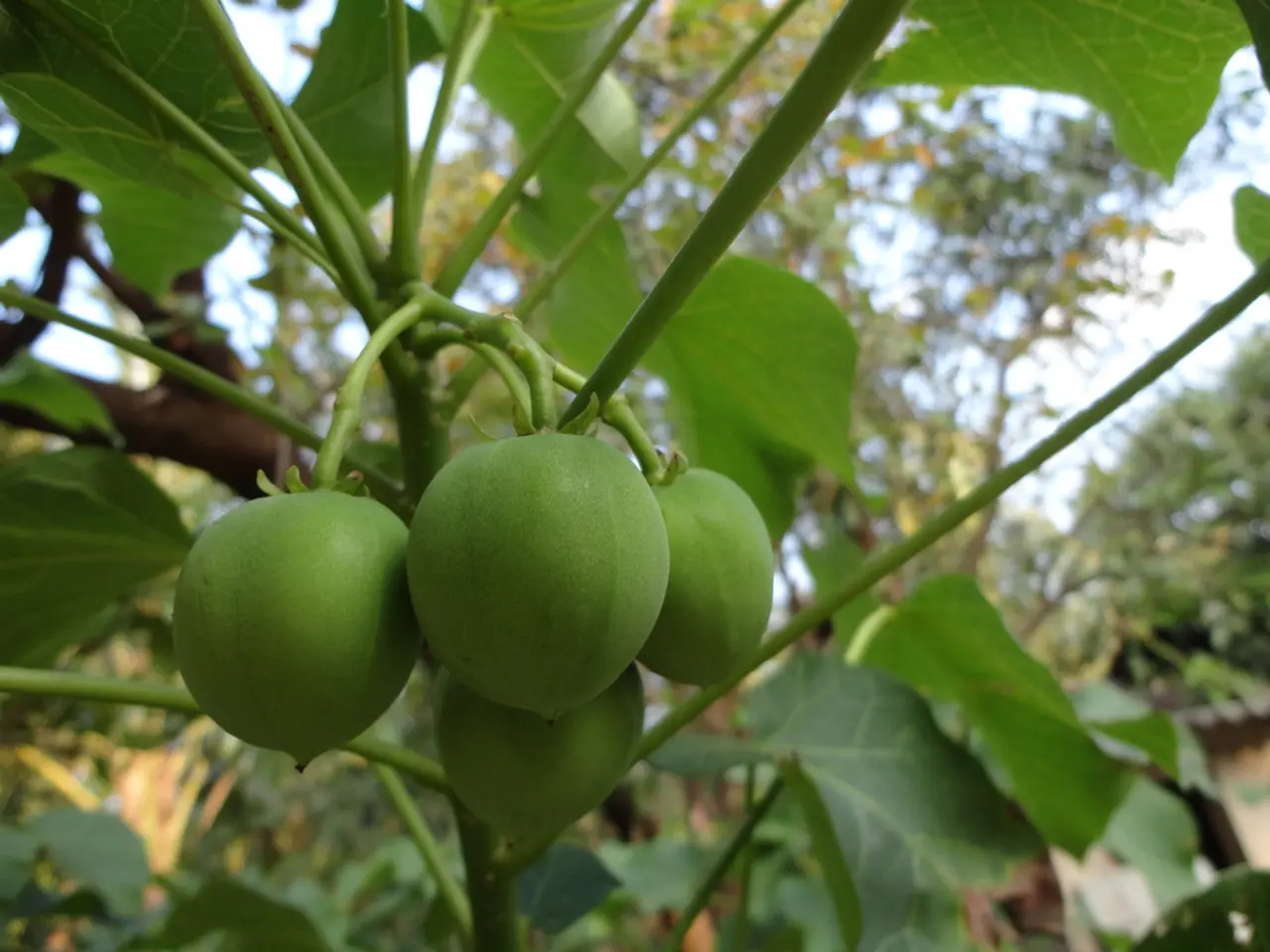Mastering Pear Tree Care: Annual Pruning for Optimal Growth and Fruit Yield
Pear tree care involves regular pruning to ensure healthy growth and fruit production. Key steps include removing water sprouts, promoting horizontal growth, and maintaining a transparent crown for light access.
Pruning pear trees annually is crucial for their health and fruit yield. Begin by eliminating water sprouts, which do not bear fruit, throughout the growing season. To encourage horizontal growth, prune upright skeletal branches back to an outward-facing bud.
For optimal results, prune branches on well-developed lateral shoots to discourage water sprouts. Strong growths should be redirected to these lateral branches, adhering to the principle of subordination. The goal is to create a balanced, open crown that allows light penetration to the fruits.
First-year pruning also sets the ideal trunk height for pear trees, typically between 60 and 90 cm. Remove or weaken competing branches within the crown to prevent overcrowding and ensure each branch receives adequate resources.
Effective pear tree care involves consistent pruning practices. By removing water sprouts, promoting horizontal growth, maintaining a transparent crown, and managing trunk height, pear tree owners can foster healthy growth and abundant fruit production.




